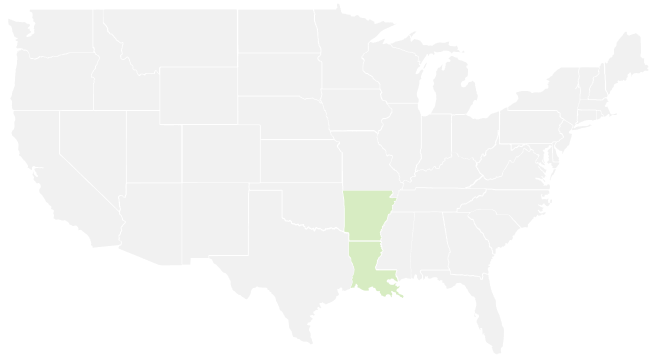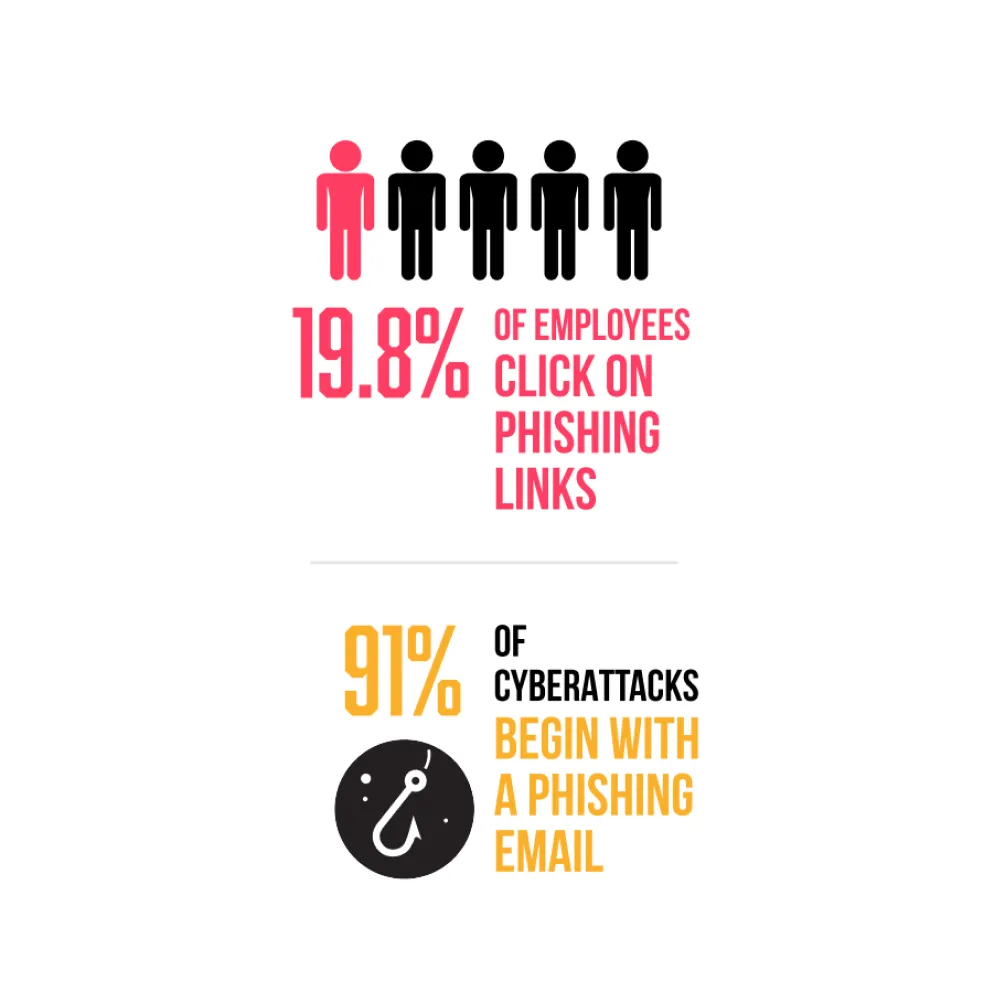In today’s rapidly evolving business landscape, where technology is pivotal in driving success, organizations face the constant challenge of managing their IT costs effectively. As businesses strive for innovation, agility, and digital transformation, finding the right balance between cost optimization and maintaining a competitive edge becomes paramount. Companies must develop key strategies to streamline their IT expenses without compromising performance or hindering growth. Get assistance from Managed IT Services Provider in Little Rock for effective IT cost optimization of your business.
In this article, we will explore the key strategies of IT cost optimization that organizations can employ to achieve sustainable cost reduction.

6 Strategies for Effective IT Cost Optimization
1. Conduct a Comprehensive IT Cost Assessment
When it comes to optimizing IT costs, conducting a comprehensive assessment of your organization’s current expenses is a crucial first step. This assessment should include a thorough review of all IT-related expenses, including hardware and software, staffing, and other associated costs. You can develop a more effective IT cost optimization strategy by identifying areas where costs can be reduced or eliminated.
Gathering data from all relevant departments and stakeholders is essential to conduct a comprehensive IT cost assessment. This may include IT staff, finance teams, and department heads. It is also necessary to consider the organization’s long-term goals when assessing costs, as short-term savings may not always align with long-term objectives. Once you have gathered all relevant data, you can analyze the results and develop a plan for optimizing IT costs, considering immediate and long-term needs.
2. Embrace Cloud Services
One key strategy for effective IT cost optimization is to embrace cloud services. By moving your IT infrastructure to the cloud, you can reduce the costs associated with maintaining physical hardware and software. Cloud services offer greater flexibility and scalability, as you can easily add or remove resources.
Additionally, many cloud service providers offer pay-as-you-go pricing models to help you better manage your IT expenses. However, it is essential to carefully evaluate different cloud service providers and their offerings to ensure you choose the right solution for your business needs. Working with a trusted IT consultant can also help you navigate the complex landscape of cloud services and make informed decisions about optimizing your IT costs.
3. Integrate and Modernize Data Centers
As businesses continue to expand, the cost of operating data centers is expected to increase. Many enterprises are turning to a data-center switching architecture to combat rising expenses. By consolidating all storage provisions into a single data center, costs can be significantly reduced while maintaining streamlined operations. Data center consolidation is a proven cost optimization strategy that can result in long-term savings.
Data consolidation is an innovative and efficient process that involves gathering data from multiple departments and locations within an organization and storing it in a centralized location for easy access and monitoring. This process provides many benefits, including increased operational efficiency and flexibility, improved communication and collaboration between departments, and reduced energy consumption. In addition, companies can save between 10% and 20% on their overall data center spending through consolidation.
4. Improve Your Process for Evaluating IT Spend
Effective IT cost optimization requires a systematic approach to evaluating IT spending. To improve this process, it is essential first to understand the different components of IT costs, including hardware, software, and personnel expenses. Once these costs have been identified, evaluating each expense based on its value to the organization and its alignment with business objectives is essential.
This can be achieved by regularly reviewing IT spending and ensuring that budgets are aligned with strategic goals. Additionally, implementing cost-saving measures such as virtualization or cloud computing can help reduce hardware and infrastructure costs. If you want to improve the processes of evaluating IT spending, visit our IT Consulting Company in Little Rock.
5. Invest in an ITAM Solution
Deploying dedicated asset management software is a strategic move to reduce your IT costs. An efficient IT asset management (ITAM) solution with unified endpoint management capabilities can seamlessly manage your tech landscape from a single platform. With its ability to track your software inventory and monitor license expenses and compliance status, you can gain complete control over your IT assets.
In addition to managing your IT assets, an ITAM solution provides procurement management capabilities. This means you can accurately forecast inventory needs and manage vendors, purchase orders, and contracts. With detailed reporting and customizable metrics, ITAM allows you to showcase your IT budget’s value to the organization and keep senior management informed.
6. Optimize IT Infrastructure
Effective IT cost optimization strategies are crucial for businesses looking to maximize their profitability and minimize unnecessary expenses. One way to achieve this is by optimizing your IT infrastructure. This involves assessing your current technology systems and identifying areas where costs can be reduced without sacrificing performance or security. Some ways to optimize IT infrastructure include consolidating servers, implementing virtualization, and automating routine tasks.
Through consolidation, businesses can reduce the number of physical servers they operate, reducing energy costs and maintenance expenses. Virtualization allows multiple operating systems to run on a single physical server, further reducing hardware costs while improving efficiency. Automation can also save time and money by streamlining repetitive tasks and reducing human error.
Conclusion
Effective IT cost optimization is a crucial aspect of any organization’s strategy. To achieve success, it is essential to focus on activities that offer the best and quickest return on investment while being mindful of setting realistic time horizons. As technology evolves, businesses reorganize and merge with other organizations, and competitive forces change, it is essential to remain flexible and adaptable in your approach to IT cost optimization. Organizations can reduce costs by implementing key strategies such as consolidating infrastructure, streamlining processes, and investing in ITAM while improving efficiency and productivity.

